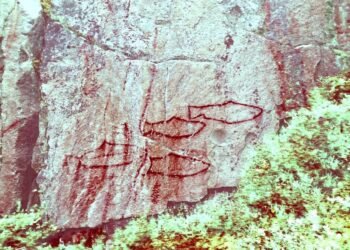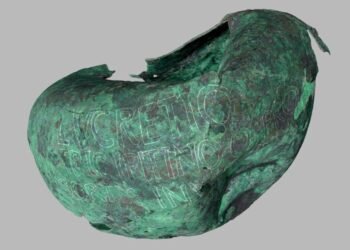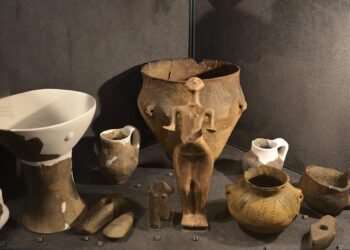Two new studies published in Science and Nature have provided unprecedented insights into the period when ancient humans (Homo sapiens) and Neanderthals interbred. By analyzing 59 ancient genomes and comparing them with 275 present-day genomes, researchers have pinpointed the period of gene flow between the two species to approximately 50,500 to 43,500 years ago, with an average date of 47,000 years ago. This research was conducted by teams from the University of California, Berkeley, and the Max Planck Institute for Evolutionary Anthropology.
The genetic evidence aligns with archaeological findings, confirming that humans and Neanderthals coexisted in Eurasia for around 7,000 years before Neanderthals became extinct approximately 40,000 years ago. “The timing is really important because it has direct implications on our understanding of the out-of-Africa migration,” said Priya Moorjani, an assistant professor at UC Berkeley and one of the study’s authors. She explained that most non-African humans today inherit 1-2% of their DNA from Neanderthals, a result of this prolonged interbreeding.
These findings also suggest that the migration of modern humans out of Africa into Eurasia was largely completed by 43,500 years ago. During this time, different human groups may have interacted variably with Neanderthals, leading to differing levels of Neanderthal ancestry across populations. For instance, East Asians today carry up to 20% more Neanderthal DNA than Europeans or West Asians.
While much of the Neanderthal DNA introduced during this period was eventually lost through natural selection, certain genes were retained because they conferred survival advantages. These genes are associated with traits like immune function, metabolism, and skin pigmentation, helping humans adapt to new environments outside Africa. One particular Neanderthal-derived gene has even been linked to a protective effect against coronaviruses, demonstrating how ancient genetics can influence modern health.

However, some regions of the human genome, termed “Neanderthal deserts,” are devoid of Neanderthal DNA. Researchers believe these areas were rapidly stripped of Neanderthal sequences due to their negative effects on early human health. “Very early modern humans from 40,000 years ago don’t have any ancestry in these deserts,” said Leonardo Iasi, a lead author and graduate student at the Max Planck Institute, suggesting these sequences were eliminated soon after the interbreeding began.
This research also highlights the complexity of human history, with several human lineages, including Neanderthals, contributing to our genetic makeup before disappearing. Johannes Krause, a co-author of the Nature study and professor at the Max Planck Institute, noted, “Human history is not just a story of success. We actually went extinct several times.”
The studies emphasize that while the majority of ancient human populations outside Africa became evolutionary dead ends, their brief intermingling with Neanderthals left an indelible mark. This includes rare cases of Denisovan DNA, another archaic hominin group, found in Southeast Asian and Pacific Islander populations.
“It’s really cool that we can actually peer into the past and see how variants inherited from our evolutionary cousins, Neanderthals and Denisovans, changed over time,” said Moorjani.
More information: Leonardo N. M. Iasi et al, (2024). Neandertal ancestry through time: Insights from genomes of ancient and present-day humans, Science. DOI: 10.1126/science.adq3010
Arev Sümer et al. (2024). Earliest modern human genomes constrain timing of Neanderthal admixture, Nature. DOI: 10.1038/s41586-024-08420-x
























Fascinating!!!